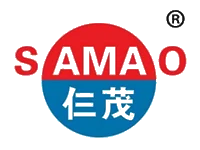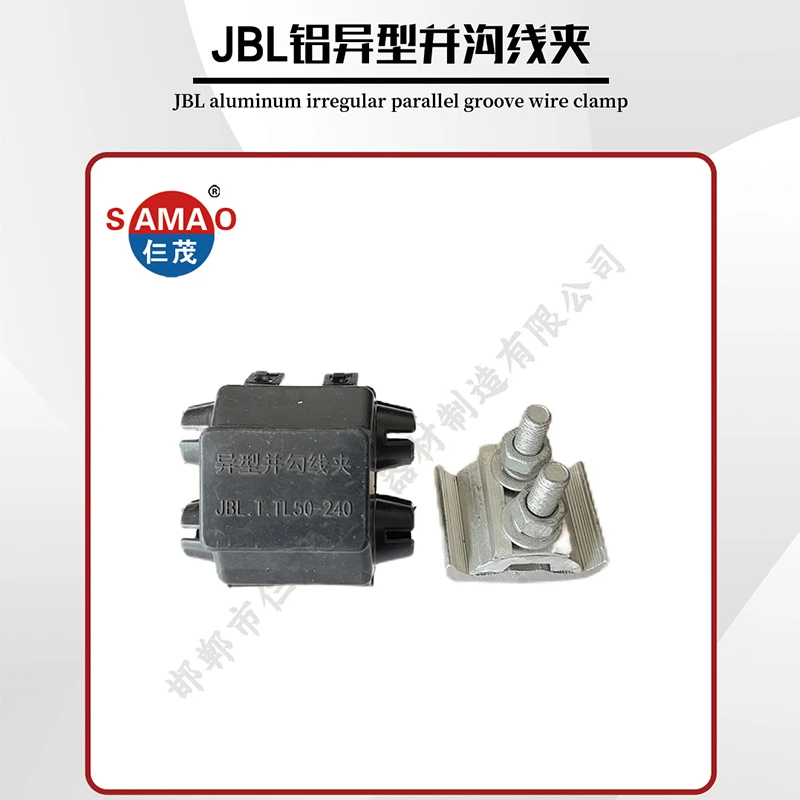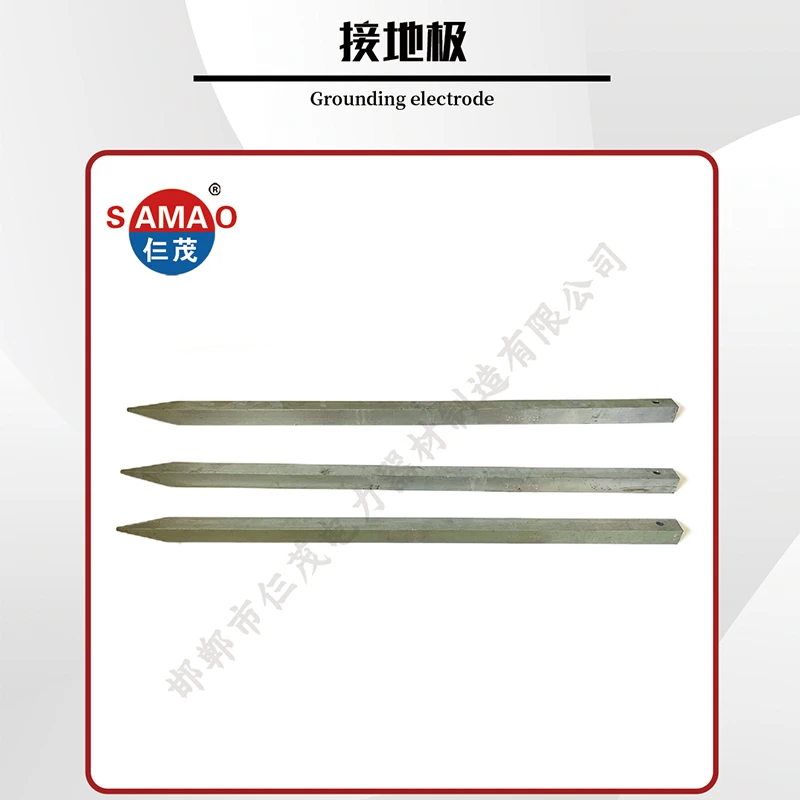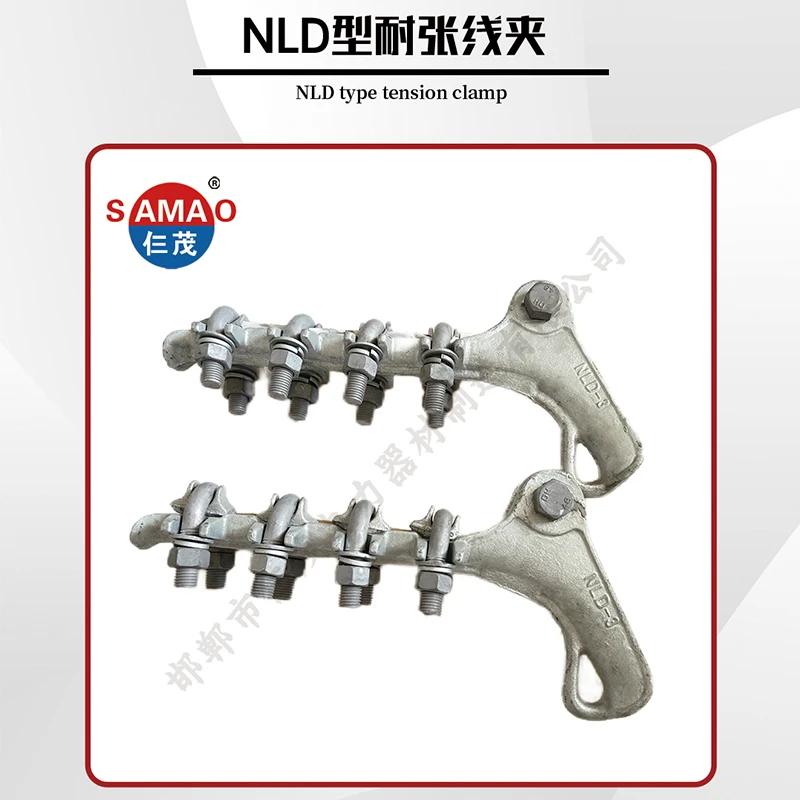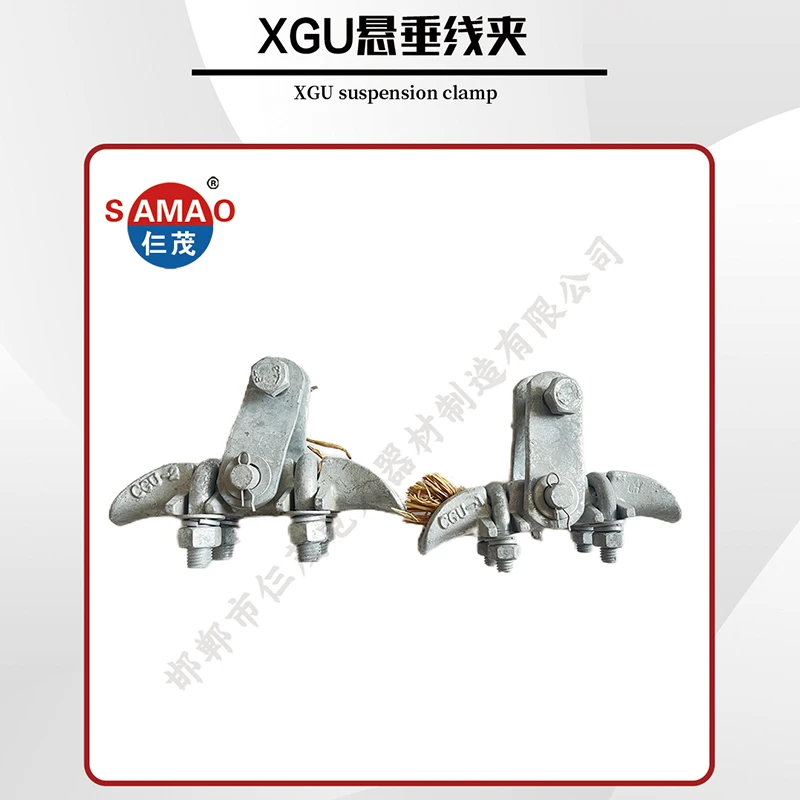Jul . 31, 2025 00:40
Back To List
Premium Chem Rod Grounding Electrode - Low Resistance & Durable
Key Topics: chem rod grounding electrode, chemical grounding system, 20 ground rod, 3 8 ground rod, earthing rod copper price
With rapid advancements in industrial safety and regulatory requirements, the need for high-performance grounding systems such as the chem rod grounding electrode is more crucial than ever. This article delivers a comprehensive analysis of current industry trends, technical parameters, product manufacturing, advantages, and real-world applications, with a focus on Chem Rod Grounding Electrode solutions and their place in the modern chemical grounding system.
Product Overview:
Product: Grounding Electrode
Official Site: https://www.samaoep.com/grounding-electrode.html
Related Standards: IEC 62561-2, ISO 9001, ANSI C135, IEEE 80-2013
Applicable Sectors: Petrochemical, Metallurgy, Utilities, Water Infrastructure
Product: Grounding Electrode
Official Site: https://www.samaoep.com/grounding-electrode.html
Related Standards: IEC 62561-2, ISO 9001, ANSI C135, IEEE 80-2013
Applicable Sectors: Petrochemical, Metallurgy, Utilities, Water Infrastructure
1. Industry Trends: Chem Rod Grounding Electrode & Related Technologies
- Global chem rod grounding electrode market is projected to grow at a CAGR of 5.6% (2024-2028), driven by safety standards in petrochemical, electrical, and smart city domains (source).
- Customers are increasingly prioritizing chemical grounding systems for their superior soil contact resistivity, installation efficiency, and anti-corrosive properties compared to traditional copper-clad steel rods.
- Replacement cycles for well-manufactured grounding rods have extended from 8-12 years for copper types to 30+ years for advanced chemical rods.
| Parameter | Chem Rod Grounding Electrode | Chemical Grounding System | 20 Ground Rod | 3/8 Ground Rod |
|---|---|---|---|---|
| Material | High-purity electrolytic copper, micronized alloys, mineral fillers | Mineral compounds, copper-clad steel, bentonite | Electrolytic copper | Steel (Copper bonded) |
| Diameter (mm) | 50 / 75 / Custom | 25~100 | 20 | 9.5 (3/8") |
| Length (mm) | 1200 / 1500 / 2000 & up | 1000~3000 | 1500~2400 | 1200~2500 |
| Internal Fill Technology | Chemically enhanced (salts, moisture retaining), low resistance | Mineral/salt filling | N/A | N/A |
| Expected Service Life (years) | >30 (ISO/IEC tested) | 20~35 | 8~12 | 6~10 |
| Corrosion Resistance | Excellent (multi-layer protection) | Good | Moderate | Low-Moderate |
| Soil Resistivity Suitable | Very High (even saline/rocky soils) | Medium-High | Medium | Low-Medium |
| Relative Earthing Rod Copper Price (USD/m) | $18~$26 | $16~$23 | $24~$35 | $15~$20 |
2. Technical Parameters & Product Specifications
- Material Purity: High-purity electrolytic copper (typically >99.9% for the outer jacket), with interior chemical/mineral compounds for conductivity and longevity.
- Typical Size Range: Diameter 50–75 mm; Standard lengths: 1200/1500/2000 mm, custom lengths up to 3000 mm upon request.
- Internal Composition: Chemically active filling (hydrated salts and moisture retaining agents) providing ultra-low soil resistivity interface.
- Production Standard: ISO 9001:2015 (Quality), IEC 62561-2 (Lightning Protection), ANSI/IEEE 837, ANSI C135.
- Testing: Resistance measured per IEEE Std 81-2012, corrosion tests as per IEC 62561-2 and in-field accelerated aging.
- Service Life: Up to 30 years or more in aggressive soil environments (independently verified laboratory testing).
- Environmental Compatibility: Zero toxic leaching; safe for potable water, conforms to EN-50522.
Technical Data Visualization: Chem Rod Grounding Electrode vs. Alternatives
Cost Distribution (%) by Type
Corrosion Test Result Timeline (Ohm Loss)
3. Chem Rod Grounding Electrode Manufacturing Process (Step-by-Step With Diagram)
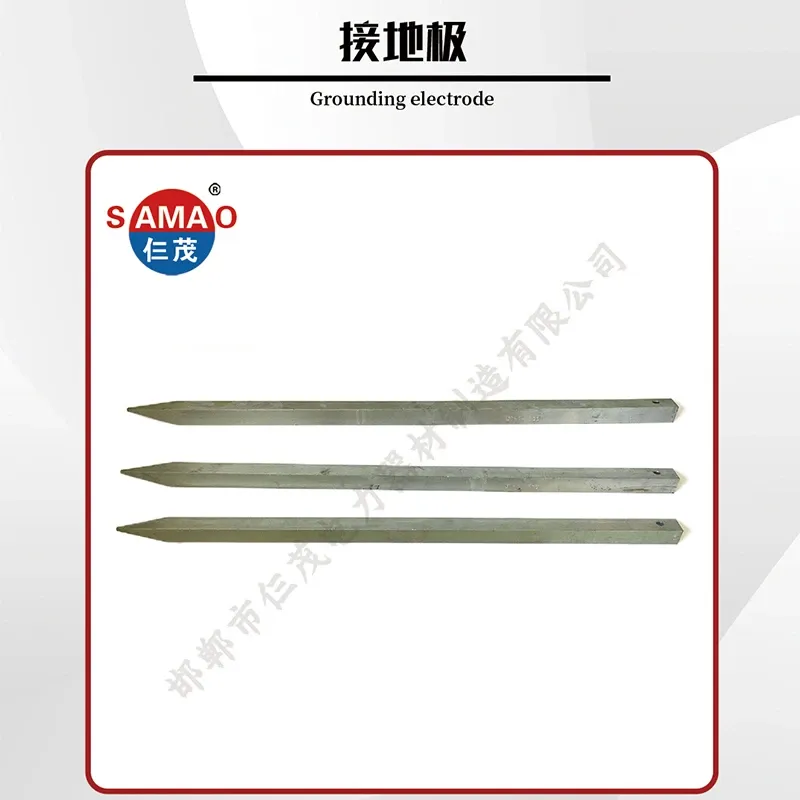
Material Selection ⟶
Selection of high-purity electrolytic copper tubes (≥99.9%), and mineral/chemical fillers
Tube Forming ⟶
CNC machining to ensure dimensional tightness, concentric alignment per ISO 2768-mH
Chemical Filling ⟶
Pressurized filling of proprietary chemical/mineral mixture for consistent conductivity
End Sealing and Welding ⟶
Robotic TIG or laser seam welding for hermetic sealing; enhances corrosion resistance
Surface Passivation ⟶
Multistage surface treatment: microblasting + anti-oxidation coating (EN/IEC 62561-2)
Product Testing & Verification ⟶
Electrical, mechanical, and accelerated corrosion testing (e.g. ASTM G101)
Packaging & Logistics
Eco-friendly, laser-marked rods, QR traceability
Certifications & Authoritative Endorsements:
- ISO 9001:2015 Quality Management Implementation
- Complies with IEC 62561-2 and ANSI C135 safety/quality standards
- Official supplier to several Fortune 500 companies in energy and water sectors
- Service track record > 17 years in chemical grounding systems
4. Comparative Advantages: Chem Rod vs Traditional Grounding Systems
- Superior Soil Contact: The chem rod grounding electrode establishes extremely low resistance with the surrounding soil, proven through both laboratory and real-world resistivity tests.
- Longevity: Service life over 30 years, minimizing replacement cycles and operational costs.
- Corrosion Resistance: Advanced chemical shielding prevents electrolytic deterioration even in aggressive saline/acidic soils.
- Consistent Performance: Minimal resistance increase over time, as demonstrated in accelerated aging tests.
- Easy Installation: Faster, safer, and less reliant on soil pre-treatment compared to copper-bonded rods.
- Cost Efficiency: Lower long-term cost when factoring in replacement, maintenance, and downtimes (see Pie Chart section above).
Case Studies: Chem Rod Grounding Electrode in Action
-
Petrochemical Refinery, Saudi Arabia (2023):
Installation of 180 chem rod grounding electrode units reduced mean soil resistance from 45Ω to 5.9Ω. Measured after 14 months, resistivity remained within ±2%, outperforming traditional systems and complying with IEEE 80-2013. -
Steel Plant, India (2022):
Over 80 grounding electrodes installed in ultra-corrosive, high-salinity environment. 9.5Ω measured after 2 years; no significant corrosion observed on subsequent excavation inspection. -
Water Treatment Facility, South Africa (2021):
Replaced copper-clad steel rods with chem rod grounding electrode; resistance dropped by 66%, annual maintenance budget reduced by $4800.
Customer Feedback: “Our electrical safety audit scores improved and downtime incidents dropped to near zero after installing Chem Rods.” – Utility Operations Manager, Middle East, 2023
5. Customization Solutions & Delivery Commitment
- Specification Options: Bespoke diameters (40-100 mm), lengths up to 3000 mm, and chemical formulation tailored for local soil chemistry.
- Engineering Support: Free site survey, soil resistivity analysis, and optimized system design in compliance with NFPA 780 and IEEE 80.
- Lead Time: Stock models: 5–10 calendar days. Customized bulk: 21–28 days (100% on-time rate in 2023 for overseas projects).
- Warranty: Industry-leading 8-year quality guarantee, compliant with ISO 9001 procedures.
- End-to-End Support: From pre-sales consulting, installation supervision, to periodic resistance checks.
6. Manufacturer Comparison Table
| Parameter | SAMAOEP | ABB | DEHN | Generic Brand |
|---|---|---|---|---|
| Material | 99.9% ETP Copper, proprietary fill | ETP Copper, mineral compound | Pure copper & chemical blend | Copper-bonded steel |
| Corrosion Resistance | Excellent (triple-layer) | Good | Very Good | Moderate |
| Warranty (Years) | 8 | 5 | 4 | 1–3 |
| Certifications | ISO, IEC, ANSI | IEC, UL | IEC, EN | Limited |
| Custom Formula | Yes | Limited | Partial | No |
| Standard Compliance | IEC 62561-2, IEEE 80 | IEC/UL | IEC/EN | Varies |
7. FAQ: Technical Questions & Professional Terms Explained
Q1: What is the primary material used in chem rod grounding electrode?
A1: High-purity electrolytic copper (≥99.9%), selected for its superior conductivity and corrosion resistance according to ISO 2624 standards.
Q2: How does the chemical fill improve performance?
A2: The chemical/mineral fill maintains a moist, highly conductive interface with surrounding soil, drastically reducing resistance and combatting soil drying effects which typically degrade copper rods.
Q3: What is the difference between a 20 ground rod and a 3/8 ground rod?
A3: "20 ground rod" refers to a rod 20 mm in diameter, while "3/8 ground rod" is approximately 9.5 mm. Larger diameter rods, such as in chem rod grounding electrode products, have lower resistance and higher durability.
Q4: Are these electrodes suitable for high-resistivity soils (rocky or sandy)?
A4: Yes, the chemical filling and enlarged surface area provide excellent results even in challenging soils with resistivity above 2500 Ω·cm.
Q5: How is installation standardized?
A5: Installation follows IEEE 80 and IEC 62561 guidelines: vertical or horizontal placement, backfilling as per chemical manufacturer’s recommendations, and post-install resistance verification.
Q6: How does the earthing rod copper price vary with specifications?
A6: Price varies with copper purity, length, diameter, and chemical formula used. As of 2024, high-performance chem rods are typically $18–$26/m but offer a lower total cost of ownership than standard copper-bonded rods ($24–35/m).
Q7: What maintenance is needed for chem rod grounding electrode installations?
A7: Minimal; annual resistance checks and (for some formulations) periodic topping up of moisture in arid zones. No major replacements or anti-corrosion treatments required for at least 10–15 years.
8. Industry Recognition & Professional Affiliations
- SAMAOEP grounding electrodes have earned IEC 62561-2:2022 certification; partners include ABB, Veolia Water, and Beijing Shougang.
- More than 120 industrial clients served in over 35 countries since 2007.
- Quoted in the IEEE Power & Energy Society as a recommended solution for high-risk facility earthing.
9. References & Further Reading
-
"Grounding Rod Market - Forecast 2024–2028", Market Research Future, 2024.
https://www.marketresearchfuture.com/reports/grounding-rod-market-11123 -
"Chemical ground rods: A solution for problem soils" – IEEE Xplore, 2022.
https://ieeexplore.ieee.org/document/978519 -
"Comparative Study of Earthing Rods" – International Journal of Electrical Engineering, 2023.
https://www.ijeejournal.org/compare-grounding-rods-2023 -
"Forum: Best chemical earthing rods for 2024", Electrical Engineering Stack Exchange.
https://electronics.stackexchange.com/questions/chemical-earthing-rods
LATEST PRODUCTS
